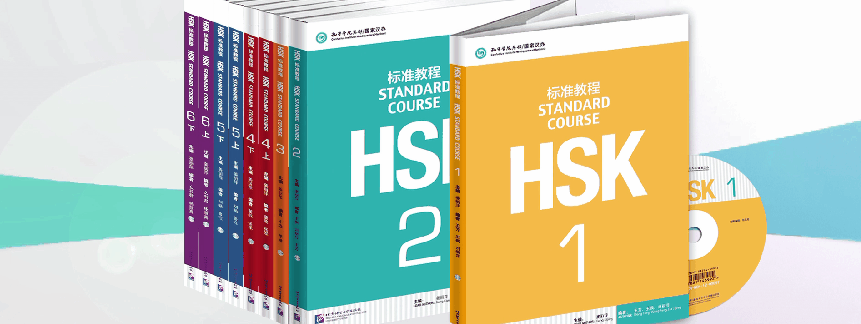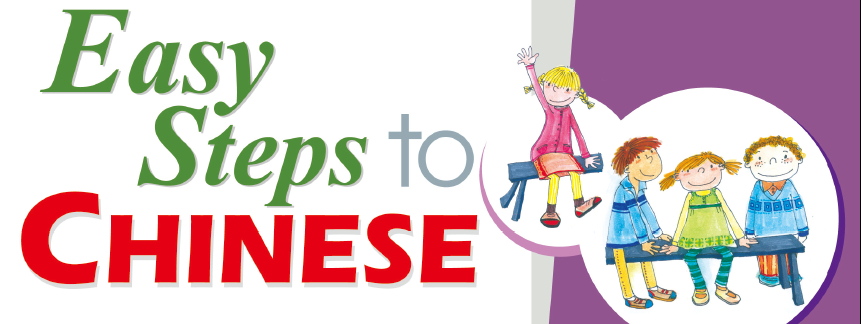Online Bookstore
Erya Chinese— News Chinese: Audio-Visual Course Ⅱ(With a Student Reference Book)
Author:Liu Chang
- Medium:Books
- ISBN: 9787561950845
- Page Count: 186
- Size:
- Pub Date:2018-06
- The book weight: 486 g
- Annotation Language:English
- Course:Listening
- Target Audience(Age):College ,Adults
- Target Audience(Language):Intermediate ,Advanced
- The Series: Erya Chinese
- Price:
-
Category: Textbooks >Study in China >Degree Education
Textbooks >Language Proficiency >Intermediate
More













